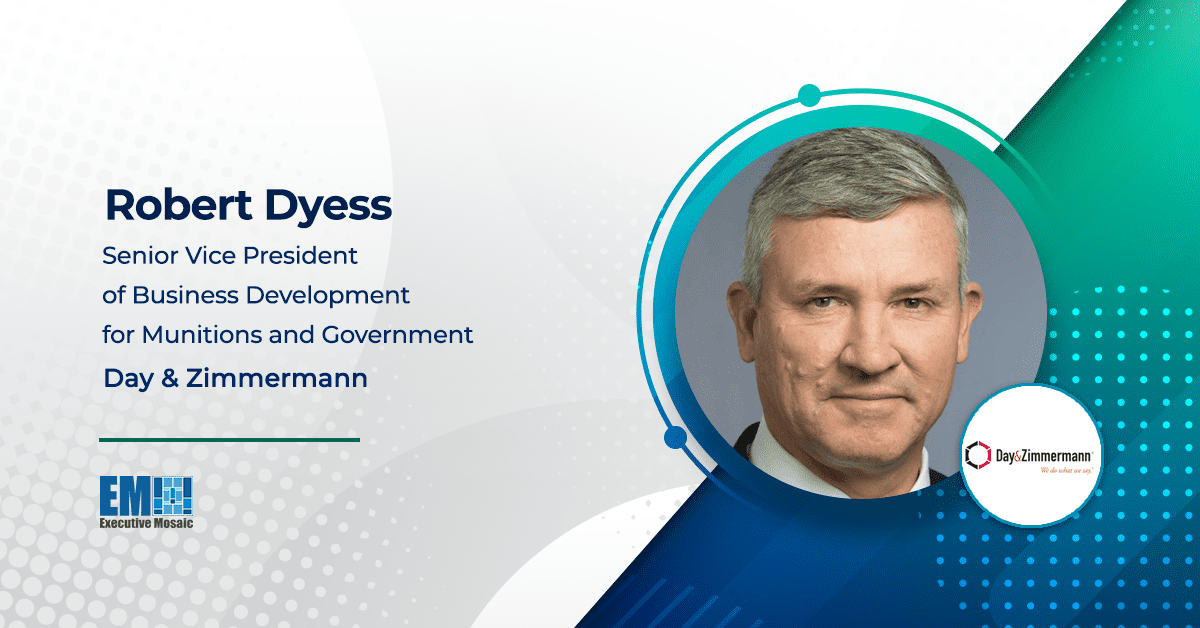By Mick Fox, Chief Operating Officer, TechnoMile
In many ways, the contracts team within an aerospace and defense or government contracting organization plays the role of “air traffic control” for each federal contract — from those they consider pursuing (pre-flight), to those they win and manage (execution), to contract close-out (flight plan close-out). They serve as a contract’s resident subject matter expert and deftly coordinate the efforts of many functional areas across the business with the goals of ensuring compliant, profitable performance of each contract and well-satisfied customers. And, just as real-world air traffic controllers rely on specialized technology to guide each flight to a safe and successful completion, leading contracts organizations rely on government contracting-specific contract lifecycle management technology to successfully manage each contract from cradle to grave.
The imperative of air safety makes it quite straightforward to explain the value of investing in air traffic control systems. However, if you’re a contracts leader trying to explain the value of investing in CLM technology to your chief financial officer, the business case may be less obvious. In part one of my article, I discussed one key value driver you should consider presenting to your CFO: the CLM’s ability to accelerate cash flow for the organization. In this follow-on article, we’ll add to our business case by exploring the CLM’s ability to help make smarter use of headcount, break down information silos and bolster an organization’s understanding of contract value and risk — all of which benefit the finance organization and the company’s bottom line.
Make smarter use of headcount
In part one, I discussed the CLM’s ability to reduce cycle times and the resulting positive impacts to cash flow. Now let’s look at reduced cycle times from another angle: making smarter use of headcount. There are numerous areas where CLM-driven workflow automation significantly reduces the hours required to set up or manage a federal contract. Here are just a few:
- Contract creation – Best-in-class CLMs can machine read standard award forms, present critical details (e.g., CLINs/SLINs, clauses) for validation by a contracts professional and then create the new contract record in the CLM. This transforms contract setup from an activity that requires many hours of hand-keying data into a streamlined review process.
- Obligation management – Similarly, obligations (both deliverables and CDRLs) can be machine extracted and added to the contract record with a corresponding task assignment, speeding capture and management of obligations embedded within a contract.
- Mod creation – A contract will get modified by your customer several (maybe hundreds of) times over its lifecycle. The CLM brings automation to this process through ingestion of SF30 documents to more rapidly create mod records.
- Routine brief/report creation – Generate routine required documents — e.g., contract briefs, limitation of funds letters, reporting for the Defense Contract Audit Agency/Defense Contract Management Agency/General Services Administration/Small Business Administration — from the CLM in a single click.
- Agreement creation – Use the CLM to digitize the generation, negotiation and execution of non-disclosure agreements, partnership intermediary agreements, teaming agreements, subcontracts, etc. to bring efficiency to creation of agreements.
- Clause management – Check for available clause revisions on acquisition.gov and automatically pull them into the CLM’s clause library, removing the manual burden of maintaining clauses.
- Contractor Performance Assessment Reporting System management – Machine read CPARS evaluations, track them on the corresponding contract record and digitally manage the shaping of responses via the CLM.
Each of these streamlined workflows can create opportunity for headcount redeployment or reduction, or, at minimum, free up contracts professionals to focus less on administrative tasks and more on risk and compliance management.
Let’s face it: most CFOs want line items on a spreadsheet to justify cost savings, which can mean cutting personnel. Most contracts shops want a CLM system to make an already-stretched-thin team more efficient and effective. TechnoMile’s successful clients satisfy both parties by projecting cost savings. Clients have stated that since implementing their government contracting-specific CLM they’ve not had to hire any new contracts personnel. For a growing company that would typically add at least one new contracts professional every other year to keep up with workload, this allows for forecasting a cost savings of at least $150,000 (once fringe and overhead are added) per year for every individual you would have added to the payroll. Again, this easily justifies a CLM system and gives both parties what they want.
Break down silos
Another strength of a CLM solution is its ability to break down information silos that can exist between contracts and finance teams. With a web-based CLM system as your organization’s single source of truth regarding each contract’s terms, it’s easy to give the finance team visibility into a contract’s details and any modifications that occur throughout its lifecycle. This delivers time savings in the form of fewer emails and phone calls. For example:
- Project kickoff – The CLM represents an excellent tool for facilitating effective project kickoff meetings so that all stakeholders, including finance, are on the same page and prepared to support contract performance. Stepping through the contract record within the CLM allows the contract manager to efficiently review key requirements and deliverables with the cross-functional team. This ensures that customer expectations are clearly understood across the organization and provides a checkpoint for Finance to validate that ERP set up is accurate and ready for billing. This practice also familiarizes finance team members with the layout of a contract record so they’re comfortable “self-serve” referencing details and documents later as needed.
- Mod tracking – Throughout each contract’s lifecycle, all modifications are captured within the CLM. Then, mod notifications can be automatically triggered to relevant stakeholders, including the finance team, ensuring they have timely visibility into any changes that impact the corresponding project within the ERP. This allows related questions or concerns to be quickly raised, mitigating disruption to billing and cash flow.
These are just two examples where the CLM provides the foundation for improved cross-team communication by centralizing access to contract details, providing finance with a heightened awareness as contracts evolve, and, as one client put it, “forcing critical conversations to happen between business partners.”
Bolster understanding of value and risk
The last area I’ll highlight is the CLM’s unique ability to bolster the CFO’s understanding of the value and risk associated with their company’s portfolio of contracts and do so very efficiently:
- Insight into contract value – While enterprise resource planning systems are good at answering questions about invoicing and actuals associated with a contract, many ERPs can’t answer key questions about contract value. This is where CLM data can be brought to bear. Want to understand how much more money your company can potentially make on a contract? The CLM tracks total ceiling value of contracts. Need to know what value has been exercised thus far on a contract and how much of that potential value your company has captured to date? The CLM can tell you. What about anticipating the value of a next-gen contract vehicle your company just won again? Because the CLM reflects the parent/child relationship between an indefinite-delivery/indefinite-quantity award and all underlying task orders awarded, it’s easy to report on the total historical value of a particular contract vehicle for your company and use this to forecast the next-gen vehicle’s value to your organization.
- Broader view of risk – A CLM also equips the CFO and other senior leaders with a much more robust view of risk than is offered by an ERP. For example, with a CLM you know exactly which contracts contain high-risk clauses plus any other terms that matter most to your business. You can see which projects have missed deliverables or contract data requirements list items. There’s transparency into labor rates and wage determinations to ensure minimum wage requirements are being met. You have visibility into CPARS ratings and how responses to any less-than-stellar ratings are being managed. You also have a clear view of contract past performance to guide go-forward opportunity investment. All of these examples represent potential threats to a company’s financial goals and showcase how the CLM helps mitigate a myriad of risks, whether legal, compliance, operational, reputation-based or strategic in nature.
Absent a CLM, your organization may either lack the visibility required to answer the types of queries above, or your company’s employees will spend extraordinary amounts of time tracking down and piecing together details needed to respond to these types of data calls (often with limited accuracy).
There’s a real cost to the business that can be alleviated by adopting a modern CLM that can answer these same queries in minutes, if not seconds.
Real bottom line impact
CLM technology is more typically viewed as critical infrastructure for contracts team members who run the day-to-day “air traffic control” for each contract. However, with a CLM’s ability to drive process efficiencies, collaboration and visibility that can accelerate cash flow, result in smarter use of headcount, break down silos between departments and bolster the company’s understanding of risk and its potential financial implications, investment in CLM technology can pay dividends for the CFO’s shop and the company’s bottom line as well.






